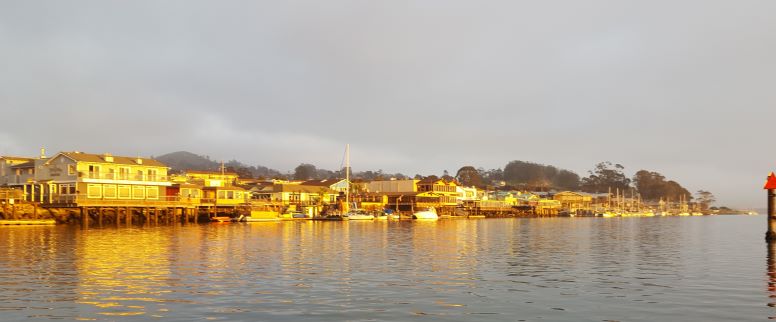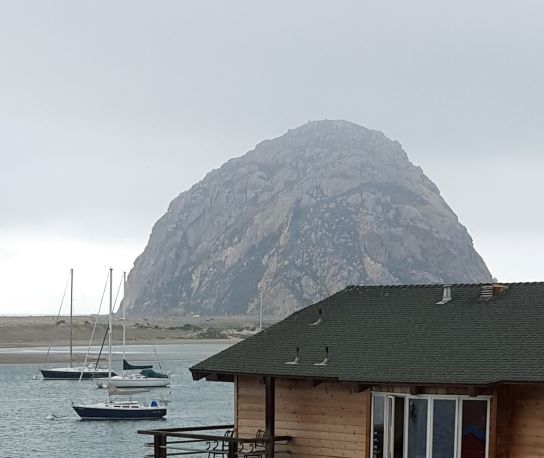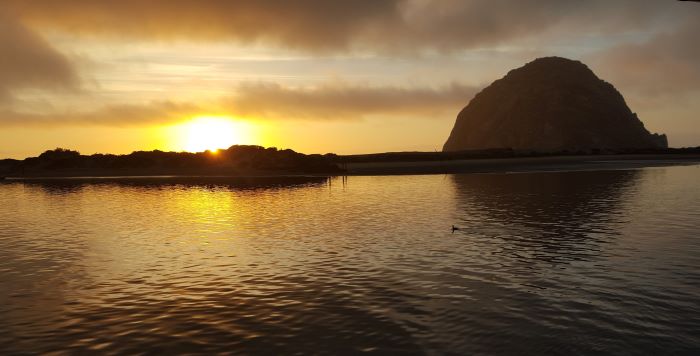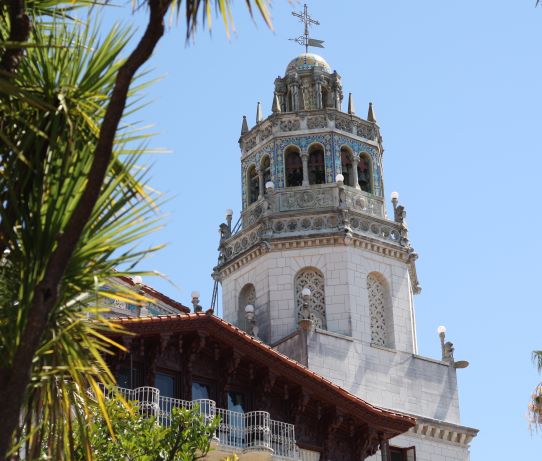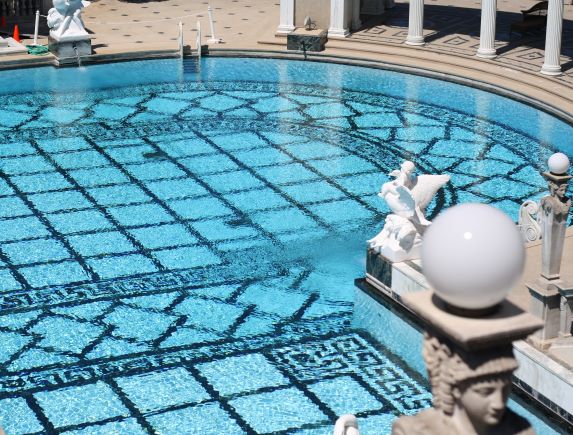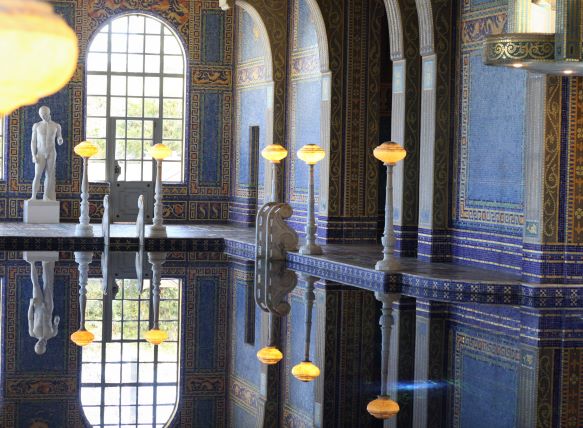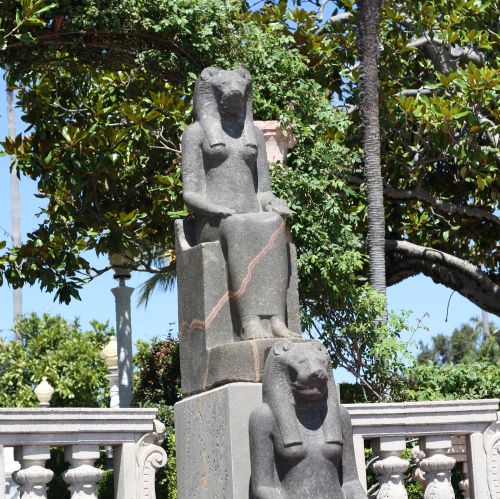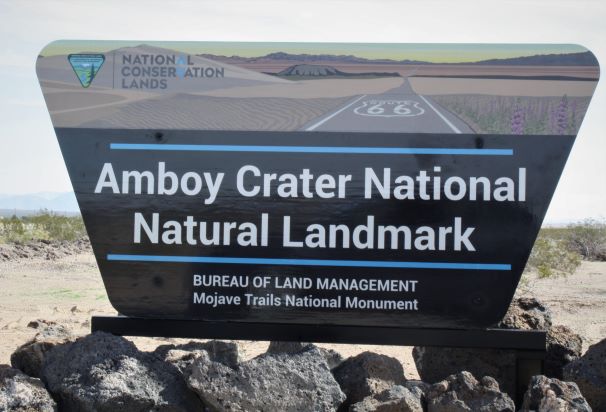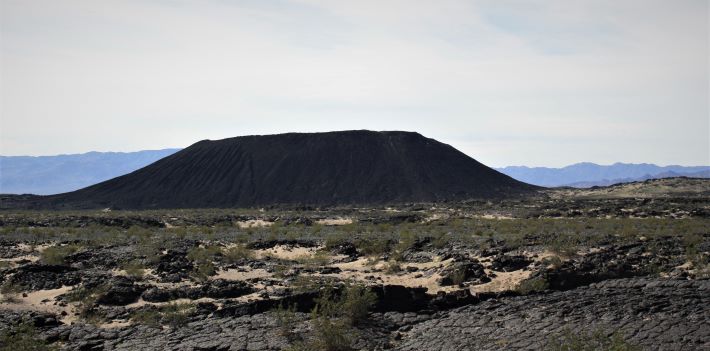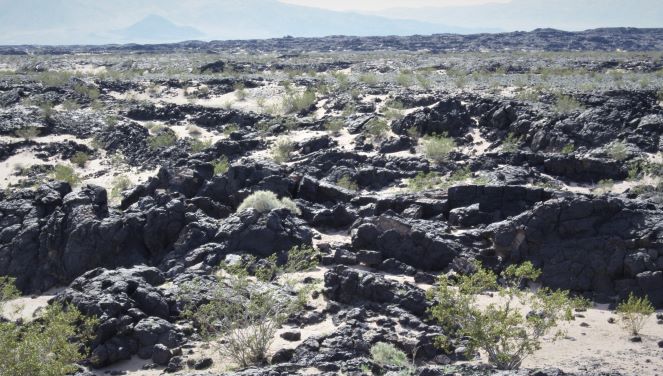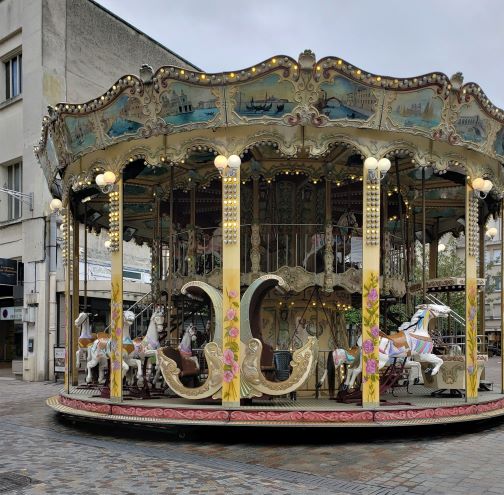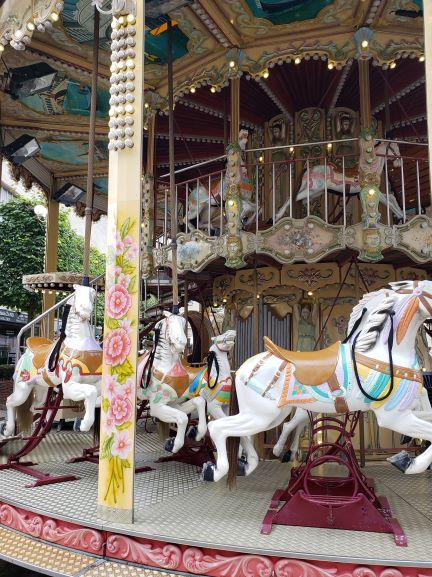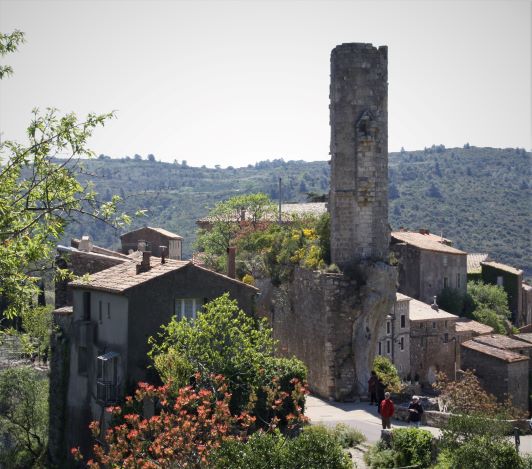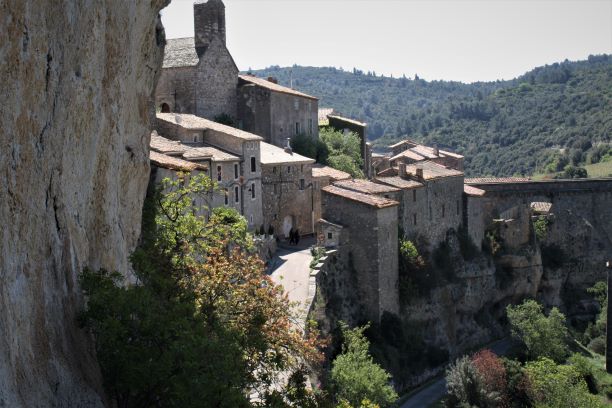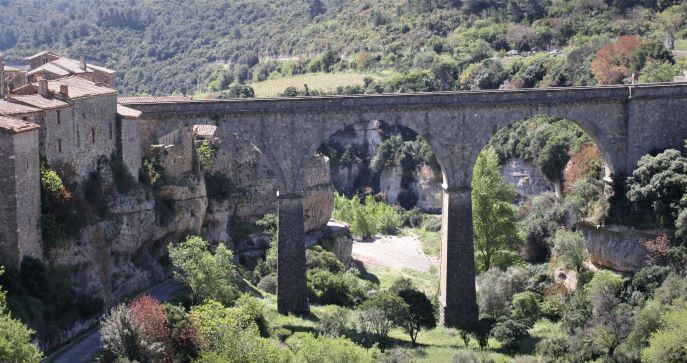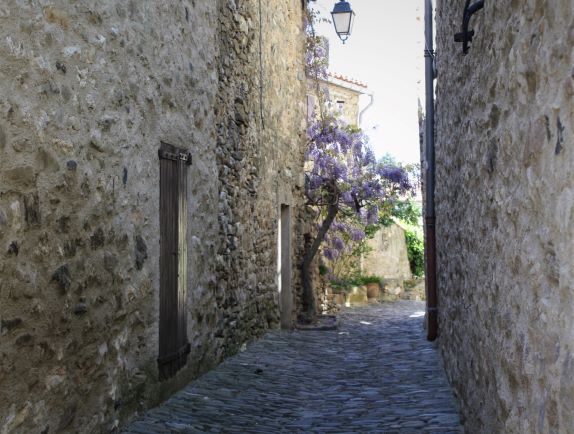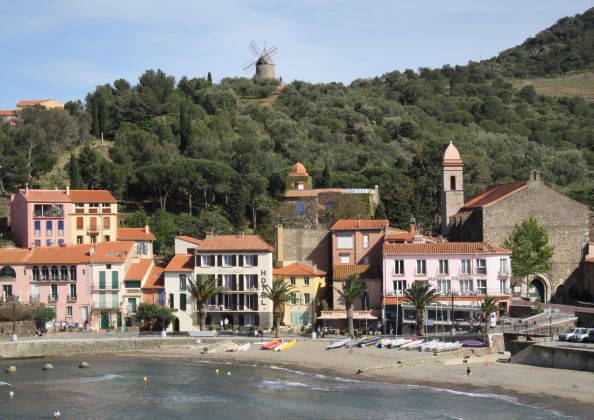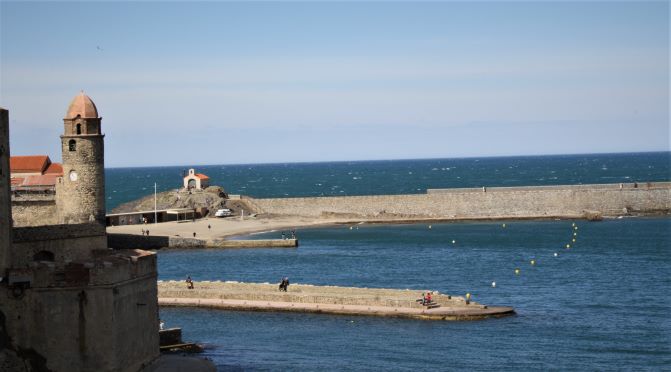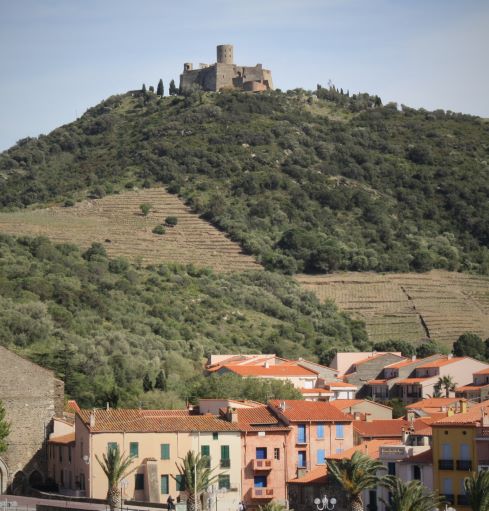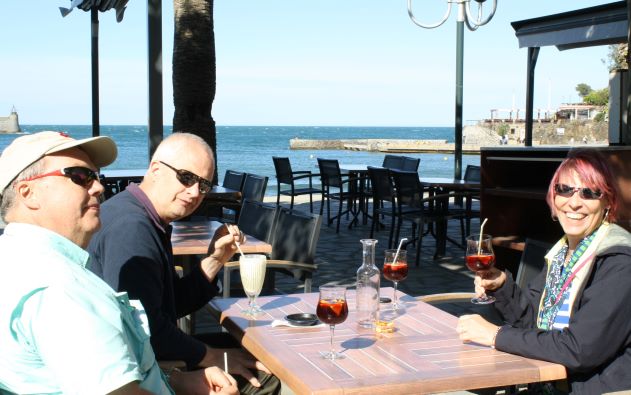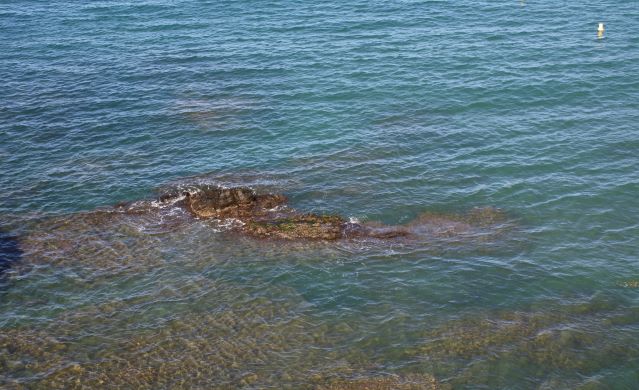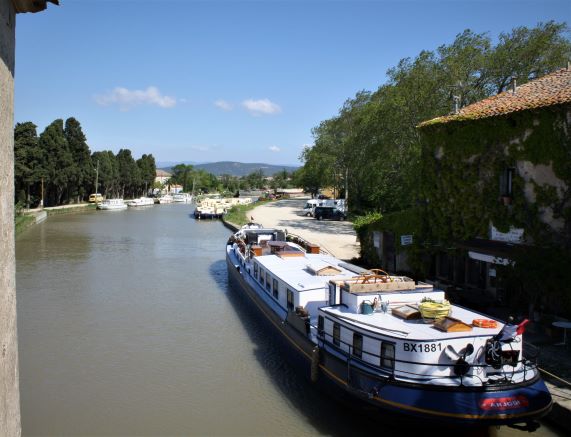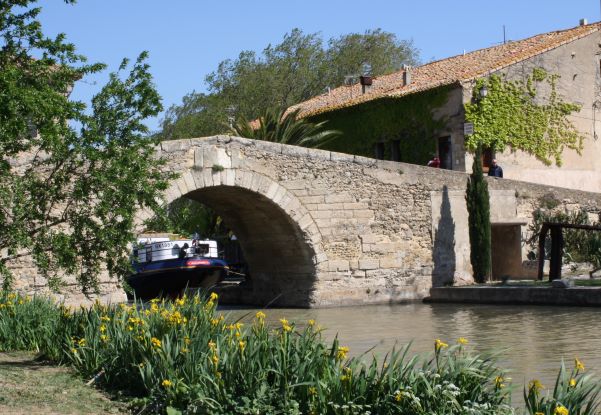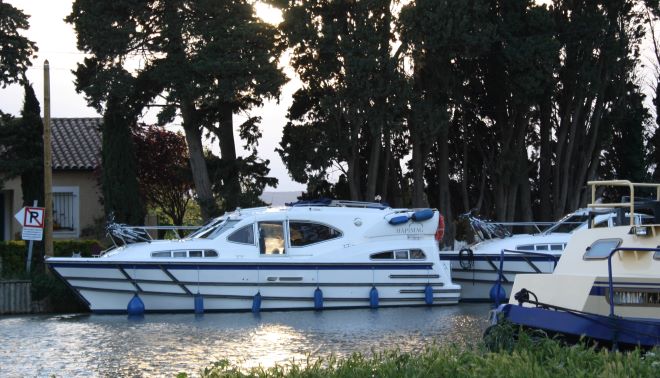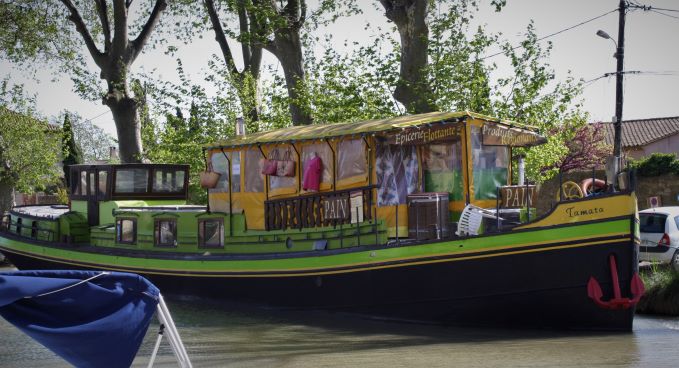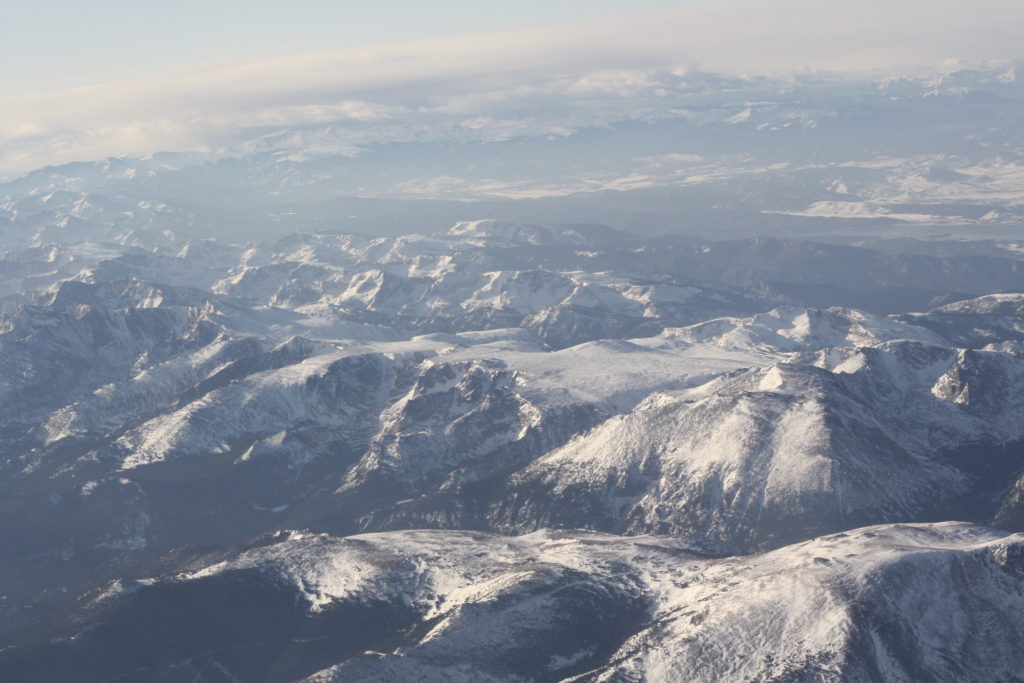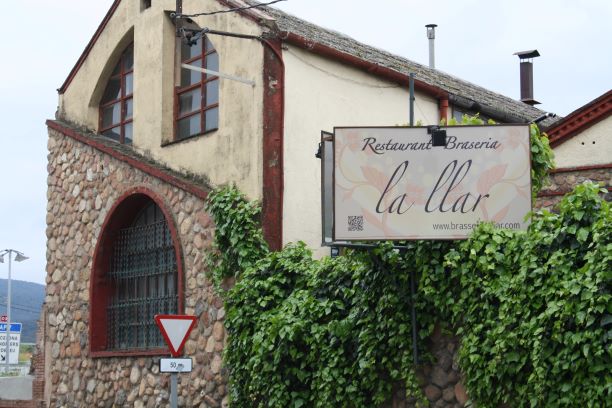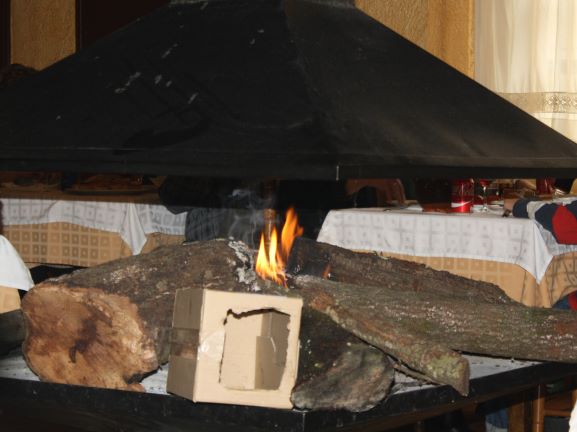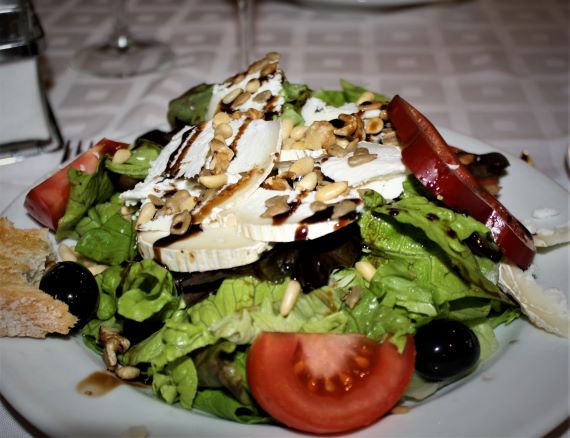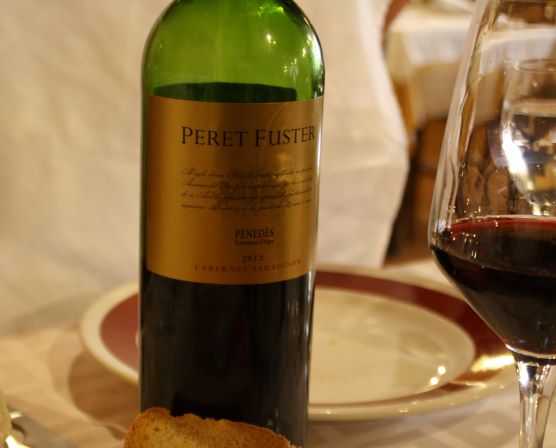When in San Francisco, the Palace Hotel has always been a favorite of mine. Staying…eating…wandering around to look at the impressive features…it’s all good.
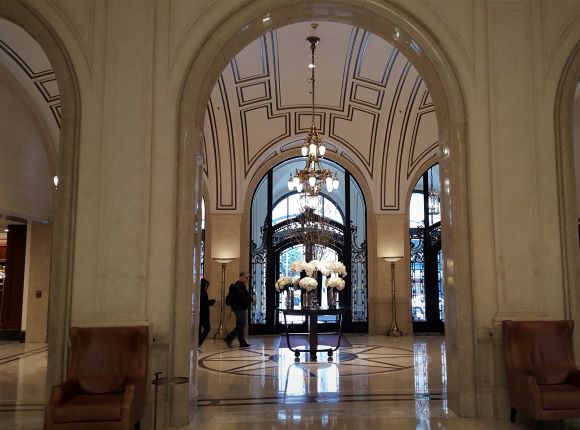
Since 1875 the Palace Hotel has been catering to travelers from all over the country, business titans, the social elite, and dignitaries looking for the best of the best in hotels. With such modern technological advancements for its time, the Palace offered a telegraph on every floor, private baths, and five rising rooms.
The largest hotel in the world at that time, it was a true innovator in luxury accommodations.
No wonder it quickly became ‘the place’ to stay.
Then came the earthquake of 1906 and in the fires that accompanied it, the Palace Hotel was destroyed. All the marble, crystal chandeliers, and opulence were reduced to ruble. Yet, three years later the new Palace opened its doors, using what they found in that ruble and adding new spectacular acquisitions…grander than before the fires.
Fast forward to 2015 when the latest renovations were complete. The old…the new…the newest, all blend together as the fresh design pairs with timeless elegance.
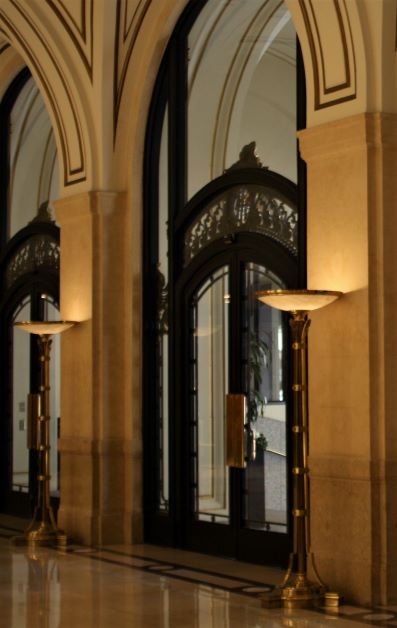
So, what’s the Palace Hotel like now?
One area, the Garden Court, is a San Francisco monument and the crown jewel of the hotel. Sit down, have a glass of wine or a cup of coffee, and look around. Really look at everything. The massiveness of the Italian marble columns might first catch your eye. But, the stained glass ceiling will certainly cause you to sit and stare. The 7 million dollar price tag hardly seems enough. Austrian crystal chandeliers positioned throughout sparkle as the light comes through the stained glass. It’s no wonder the entire room, 110 feet long and 85 feet wide, has seen its share of engagements, celebrations, and parties for literally over a hundred years. Close your eyes and you can almost see a Prince, a President, or a Silicon Valley Techie entertaining their guests here.
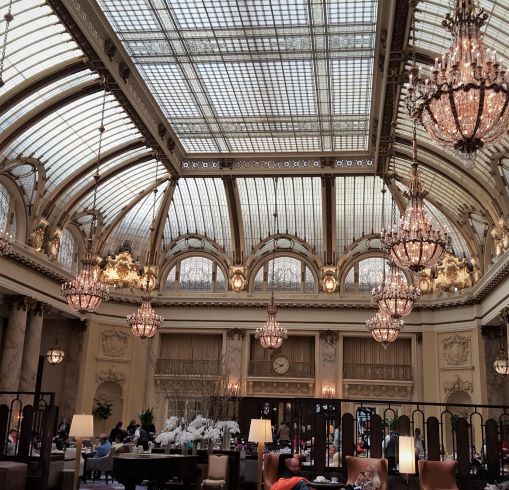
Hungry? What better place to have lunch, or tea, or Sunday brunch? In this era of using organic and locally sourced ingredients, the chefs here are no different. You will find 80% of the food offered is local, sustainable, and farm fresh. History even manages to find its way into your lunch.
Ever had Green Goddess dressing? In 1923 this dressing was first served at a Palace dinner honoring actor George Arliss. Did you know their famous crab salad has been on the menu since 1909? Same recipe…new crab!
When staying here, you’ll take one of those rising rooms, now known as elevators, to your floor. Check out the wide hallways; wider than in your average hotel. Notice the door knobs on the dark doors. Both are elegant. Even though the doors have been retrofitted for a keyless entry, the knobs are from 1909. They feel substantial in your hand. Finally, pay attention to the doors…solid wood and heavy. Again, from 1909.
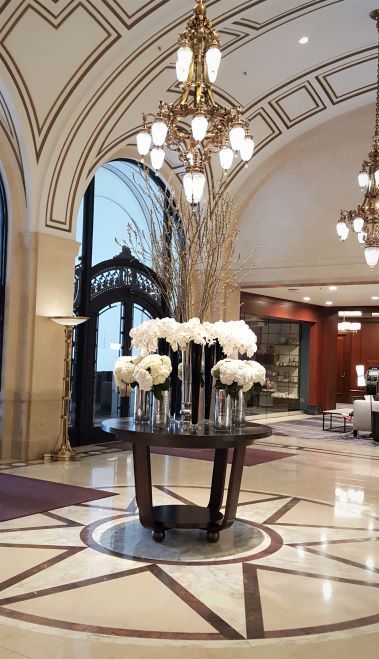
Entering your room, you’ll notice the room seems spacious. The ceilings are 11 feet, offering a sense of grand size. No wonder The Palace Hotel was and continues to be the premier place to stay.
Want to see another treasure within the hotel? Head to the Pied Piper for a drink and look at the masterpiece above the bar. This Pied Piper painting was commissioned from Maxfield Parish in 1909 for $6,000. It represents the tale of the Pied Piper…with a twist. Parish painted himself as the Pied Piper and some of the 27 expressive faces include those of his wife, his mistress, his sons, and more. What a guy!
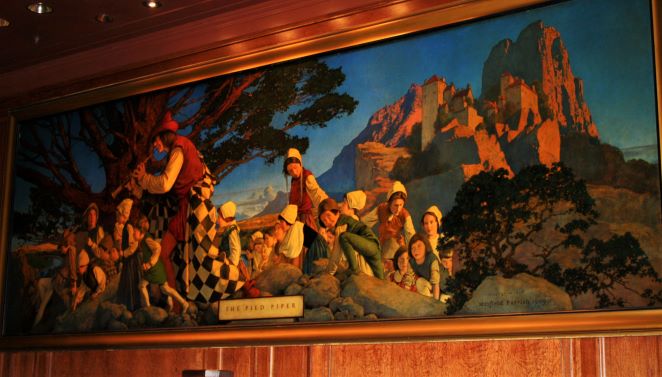
Memories of a grand, historic era combined with technology of today…the Palace Hotel offers comfort and style to globe-trotting travelers, families with children, cutting edge business people, and those looking for a magical place to reconnect. Which one are you?
Your room is ready…
If You Go: The Palace Hotel is located at 2 New Montgomery Street in San Francisco.
Find more California escapes at https://travelsandescapes.net/category/escapes/california/
